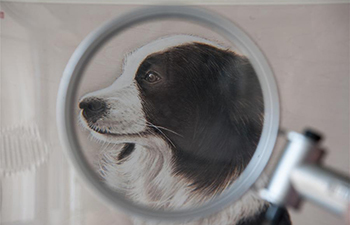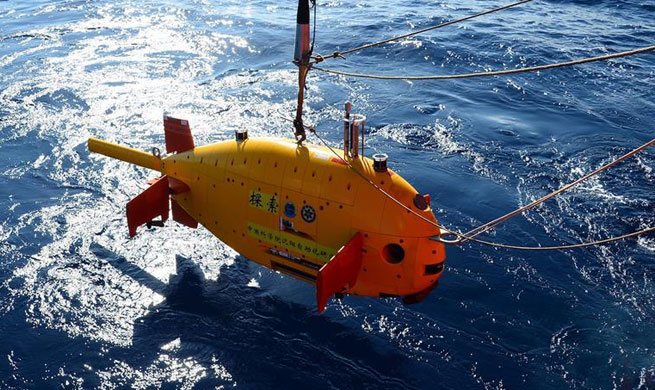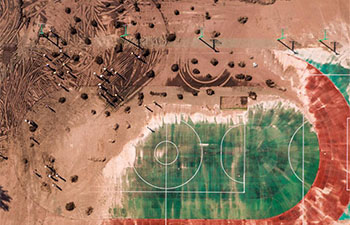WASHINGTON, July 24 (Xinhua) -- An international research team found that a virus with a special structure of the outer membrane, in a hot spring of U.S. Yellowstone National Park, can resist high temperature and strong acid environment.
This unprecedented structure may provide inspiration for the design of super-tough new materials.
The virus, named AVF1, can infect a kind of archaea in the hot spring that favors acid environment. AVF1 has a super-tough protective outer membrane, which helps it resist the super acidity and a water temperature of 80 plus degrees Celsius in the hot spring.
Scientists from U.S. University of Virginia, the Institute Pasteur in France as well as other institutions said in a report published in the U.S. biomedical journal Elife that through electron-microscopic analysis and computer modeling, they found the thickness of the AVF1 virus's outer membrane is about 2 nm which consists of lipid molecules.
These lipid molecules are bent into the shape of horseshoe, which can make the outer membrane highly stable. This kind of outer membrane has not ever been found in the nature before, according to the report.
The various kinds of membranes inside cells of most creatures are usually double-deck lipid membranes, while the membranes of archaea are unilaminar, which are like double-deck membranes fused together.
Scientists found that AVF1 virus' membranes are also unilaminar. Their raw materials are from host cells, but the structure is different. This means the virus steals some lipid molecules with flexible structure from host cells and bend them into the shape of horseshoe to form its new membrane.
This kind of structure has great potential for application, scientists involved in the study said.
For example, super-tough nano-medical "packaging materials" can be made and used to carry drug molecules to the specific parts inside the patients' bodies, where the drug molecules will be released. And the structure can also be used to design new building materials, so that buildings can withstand strong earthquakes, they believe.

















